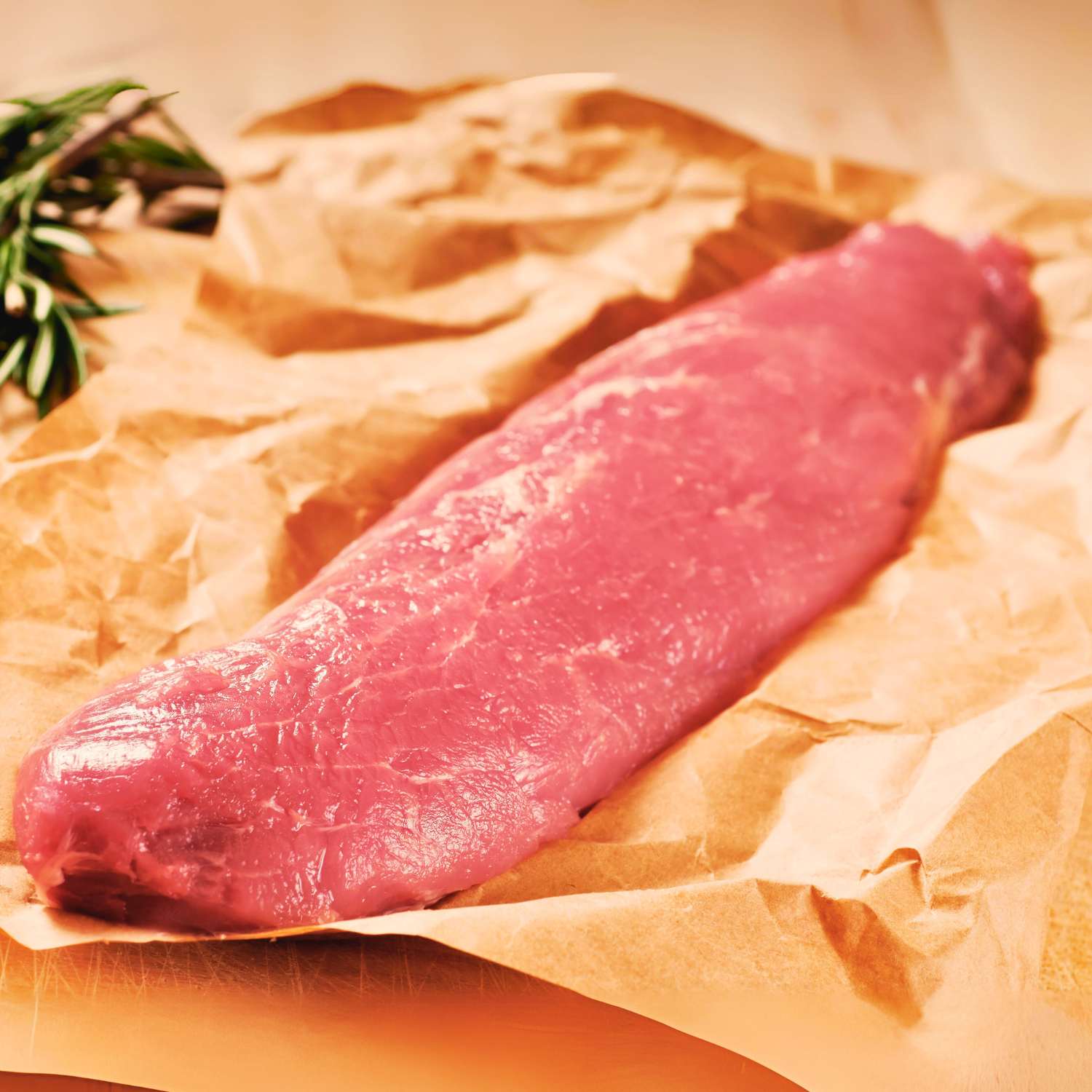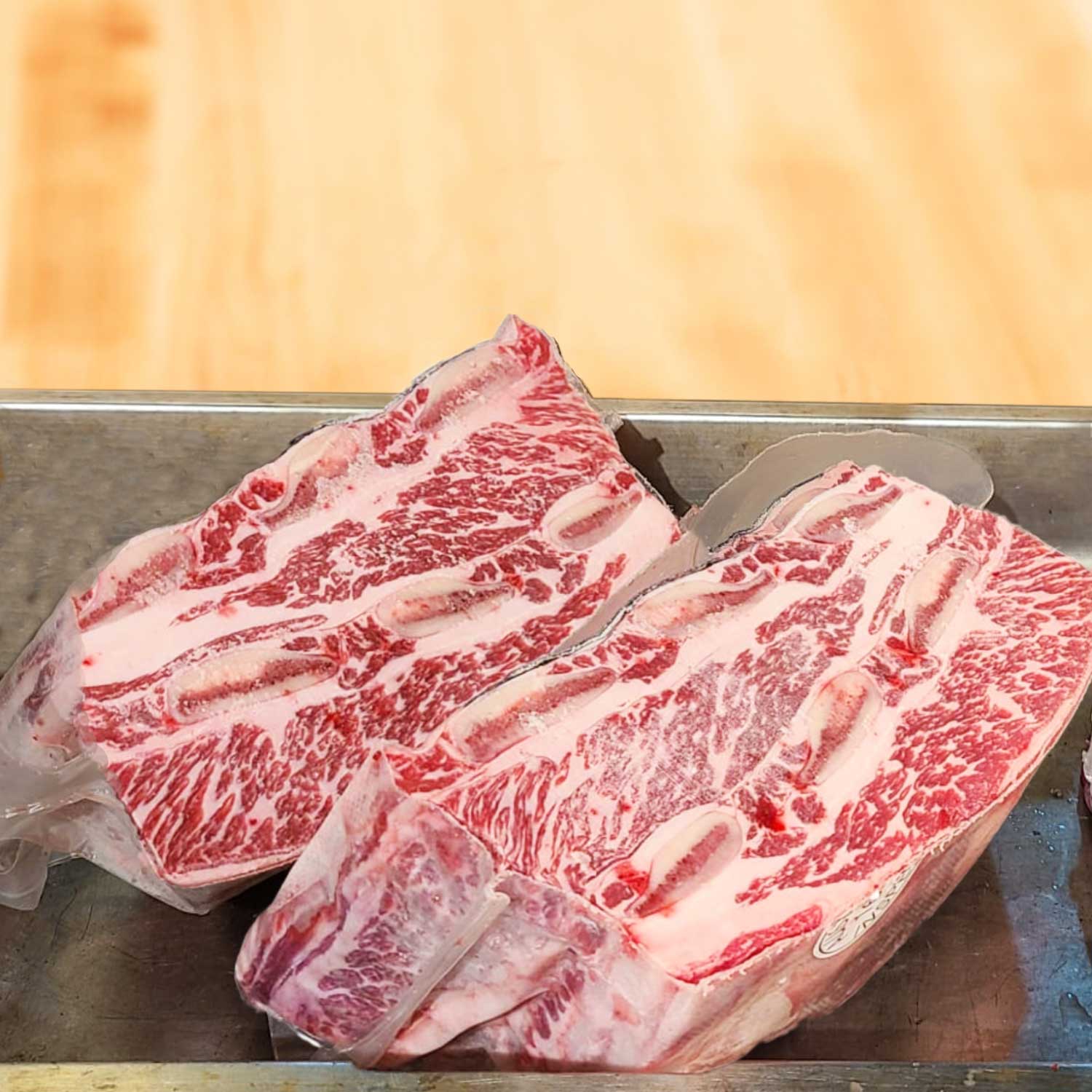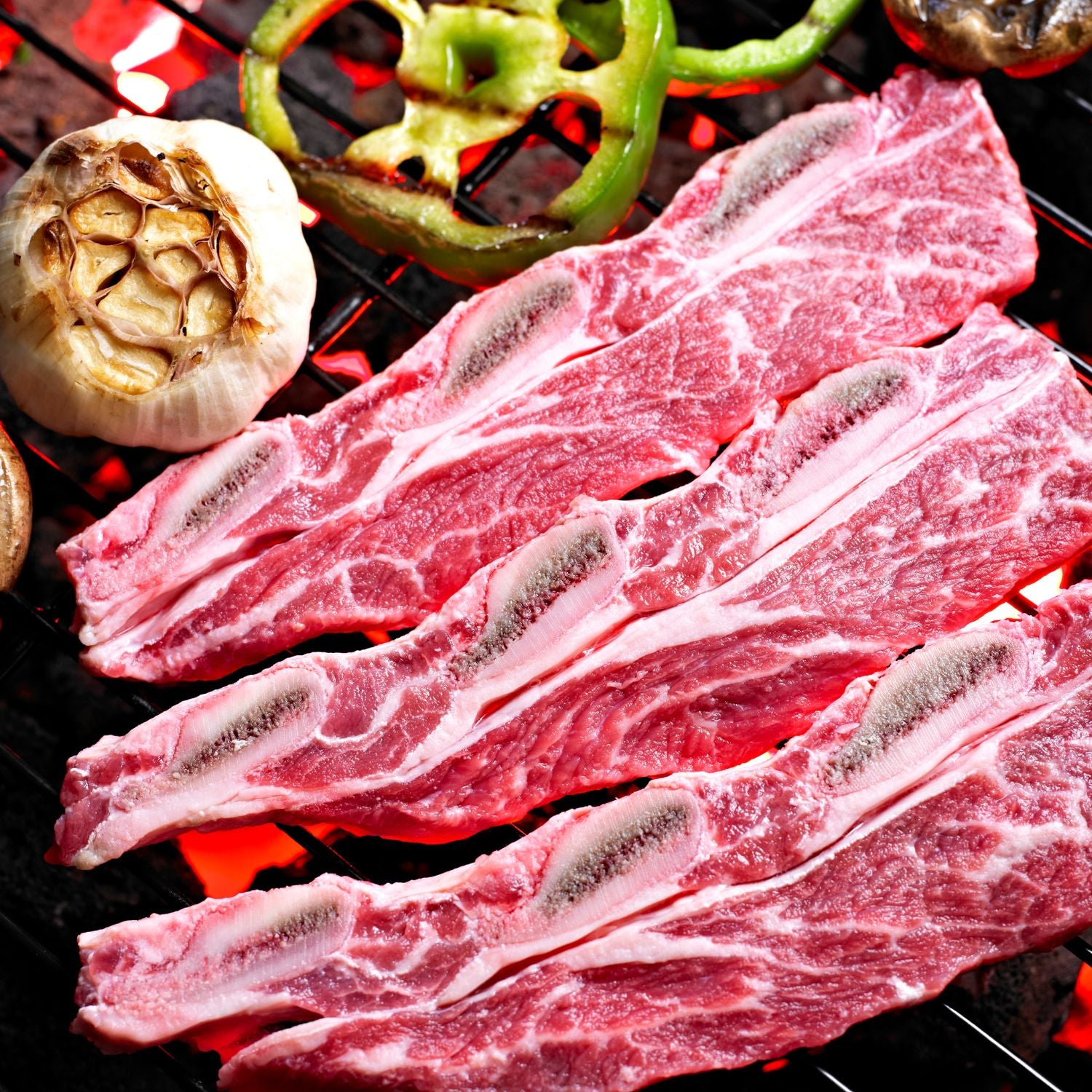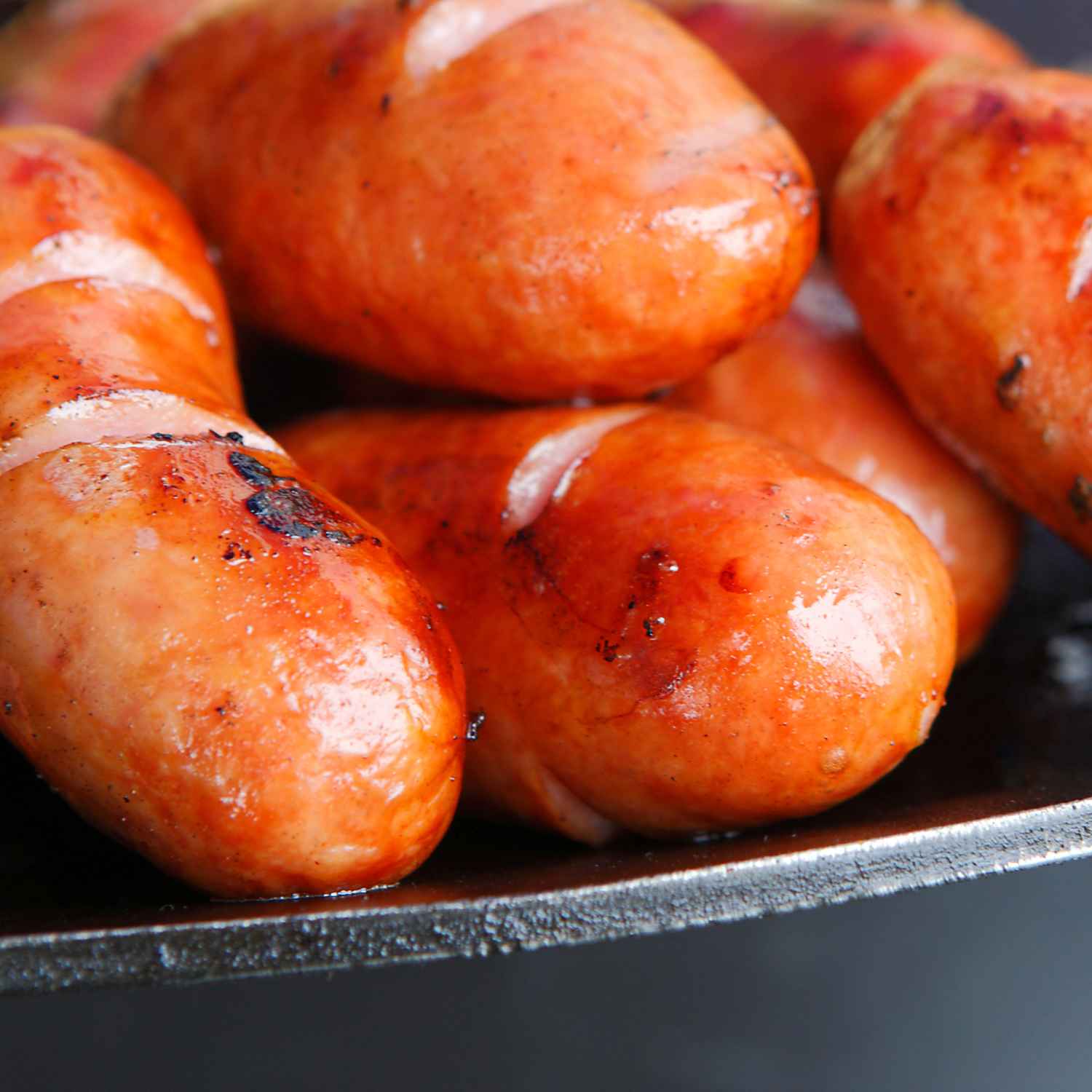Understanding the Appeal of Grass-fed Roast Beef
The Nutritional Advantages of Grass-fed Meat
Grass-fed beef offers a robust nutritional profile that health-conscious carnivores crave. Its advantages stem from how grass-fed cattle are raised. They graze on natural pastures rather than being fed grain-based diets. This diet leads to meat that's higher in key nutrients. For instance, it provides more omega-3 fatty acids, which are good for heart health. It also offers a rich source of antioxidant vitamins like Vitamin E. Moreover, grass-fed beef contains more conjugated linoleic acid (CLA). CLA is linked to reduced body fat and other health perks. With lower fat content overall, grass-fed roast beef is leaner, making it a more wholesome option. These benefits explain why it's a go-to choice for those aiming at a healthier lifestyle without giving up the pleasure of a hearty, flavorful meal.

Why Grass-fed Roast Beef is a Favorite among Food Enthusiasts
Grass-fed roast beef holds a special place for food lovers. Its taste is rich and deep. What makes it so loved? The answer lies in its origin. Cows that feed on grass produce tasty, tender meat. These cows live healthier lives. This, in turn, affects the beef's quality. In Hong Kong, food enthusiasts value quality. They know grass-fed beef's natural taste is best. This beef has fewer fats and more Omega-3s. It's not just healthy; it's a taste of the wild. It brings the Canadian BBQ spirit to Hong Kong. The art of grilling is respected here. Grass-fed roast beef is more than a dish. It's an experience that connects them to nature. That's why it's not just a meal; it's a celebration.
Expert Tips for Preparing Grass-fed Roast Beef
Selecting the Right Cut for Your Roast
Choosing the best cut is key for grass-fed beef roast. For tender meat, pick a rib-eye or sirloin roast. If you prefer a mix of flavors and textures, try a chuck roast. It's leaner, but with enough fat for richness. In Hong Kong, find a trusted butcher who knows about Canadian BBQ styles. They can suggest the freshest, top-grade grass-fed beef. This ensures your roast tastes its best. Avoid cuts with too much fat or those that are overly lean. Both can affect the final taste and tenderness. A good balance is vital for that perfect roast at your BBQ.
The Importance of Proper Temperature and Cooking Techniques
Achieving the perfect roast starts with temperature control. Grass-fed beef thrives on slow cooking at low heat. When roasting, aim for a preheated oven at 120°C to 160°C (250°F to 320°F), depending on the size of the cut. A meat thermometer is a must. It helps ensure your roast hits the ideal internal temperature without overcooking. For medium-rare, remove the beef when it reaches 57°C (135°F). Let it rest before slicing. This allows juices to redistribute. Expert roasters often use a searing technique. Sear the beef at high heat before roasting. This locks in flavors. Slow roasting then allows for tenderness and juiciness. Remember, each oven may vary, so monitor your roast.
Adding Flavors and Herbs for an Extraordinary Taste
To elevate your grass-fed roast beef, seasoning is key. Here are some tips:
- Marinate with care: Use a blend of olive oil, garlic, rosemary, and thyme. Let it sit overnight.
- Rub wisely: Combine sea salt, black pepper, and a touch of smoked paprika for a crust that pops.
- Herb Infusion: Insert slivers of garlic and sprigs of herbs into the meat before roasting.
- Quality over quantity: Choose fresh, high-quality herbs to enhance the beef's natural flavors.
By carefully choosing and applying herbs and spices, you can bring out the rich, succulent taste of your grass-fed roast beef and impress your guests at your next Hong Kong BBQ event.
Hosting a Memorable Canadian BBQ Experience in Hong Kong
Planning Your Event: Equipment and Setup Essentials
- Choose the right venue: Pick a place with enough space for a BBQ setup.
- Get the best BBQ grill: Invest in a quality grill that suits your need.
- Prep cookware and utensils: Have tools like tongs, spatulas, and meat thermometers ready.
- Ensure adequate seating: Make sure there's enough chairs and tables for everyone.
- Plan for weather: Have tents or umbrellas for shade or sudden rain.
- Stock on fuel: Have enough charcoal or gas for the entire event.
- Set up a serving station: Keep dishes and cutlery for guests to easily access.
- Consider food safety: Have coolers to store perishables until it's time to cook.
- Remember lighting: If the BBQ extends into the evening, ensure good lighting.
- Designate a cooking area: Keep it separate from eating and socializing spaces.
Showcasing Your Grass-fed Roast Beef: Presentation and Serving Strategies
When presenting grass-fed roast beef at your BBQ, visual appeal is key. Start by slicing the beef thinly and evenly. Arrange the slices on a warm platter to retain their heat. Garnish with fresh herbs like rosemary or thyme for an aromatic touch. Serve with a selection of homemade sauces. Offer guests a choice of grainy mustard, horseradish, or a red wine reduction. This elevates the experience and caters to different tastes. For a Hong Kong twist, include a side of traditional sauces such as hoisin or oyster sauce. These local flavors can make your Canadian BBQ stand out. Always use high-quality serving utensils and maintain a clean presentation. Remember, the first bite is with the eyes!
Engaging with Your Guests: Tips for Interactive BBQ Hosting
Engaging your guests is key to a memorable BBQ. Start by inviting them to watch the roast carving. Offer a tasting session to sample different beef cuts. Have a 'Sauce Station' where guests can mix their own dips. Share fun facts about grass-fed beef as you mingle. Set up backyard games for light entertainment. Encourage a communal atmosphere with shared seating. Finish with storytelling around a cozy fire pit. Keep your event warm and inviting for all.

















